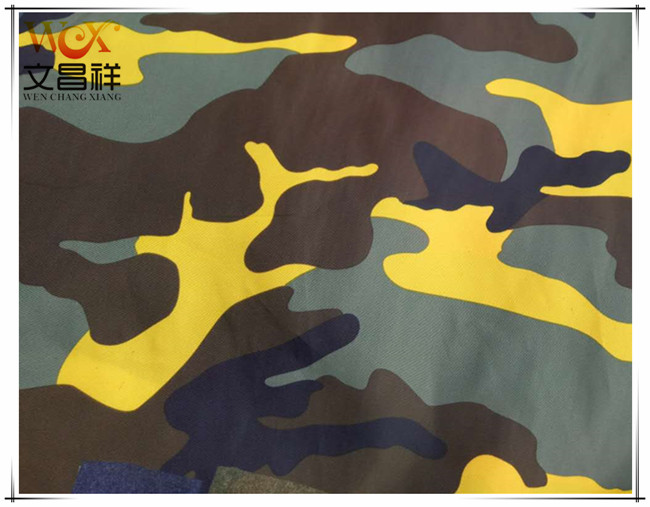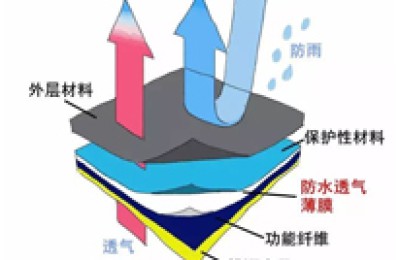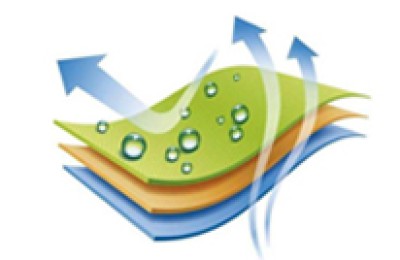What is Oxford transfer printing?
The process of transfer printing fabrics is a printing method that changes the traditional printing concept. First, use printing method to print the pattern with ink made of dye onto paper to make transfer printing paper. This step is usually completed in the printing factory, and then the front side of the transfer printing paper is closely attached to the front side of the Oxford cloth and enters the transfer printing machine. , under certain conditions, the dye on the transfer printing paper is transferred to the Oxford cloth.
Transfer printing has lifelike patterns, detailed patterns, and simple processing. In particular, dry transfer printing does not require steaming, washing, etc., which is energy-saving and pollution-free.

Transfer printing includes dry thermal transfer printing and wet transfer printing. The former uses disperse dyes with sublimation properties and is suitable for hydrophobic Strong synthetic fiber; the latter is also called cold transfer printing and is suitable for all types of dyes.
Polyester Oxford cloth generally uses the disperse dye sublimation transfer printing process in dry transfer printing. It uses a high temperature of about 200°C to make the amorphous area of polyester The movement of chain segments in polyester intensifies and the free volume between molecular chains increases; on the other hand, the dye sublimates. Due to the effect of van der Waals force, the gaseous dye moves around the polyester and then diffuses into the amorphous area to achieve coloring. The process is: dye-modulated ink-printing transfer paper-heat transfer printing-printed finished product.
To learn more about Oxford cloth, please consult textile customer service or call the hotline: 400-8380917.
</p






